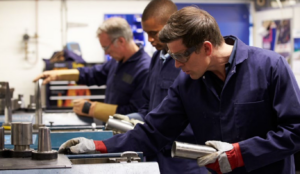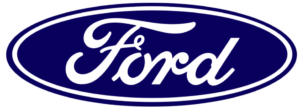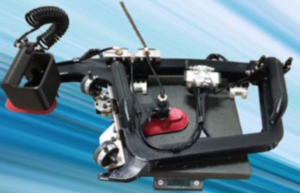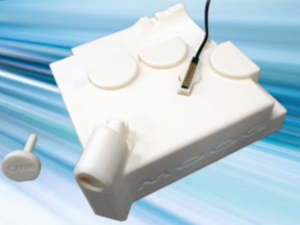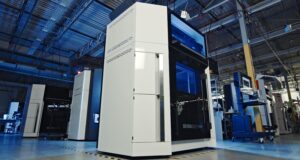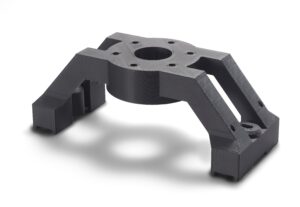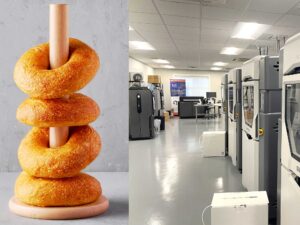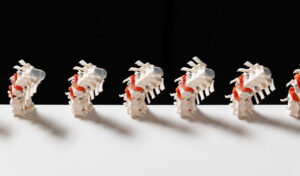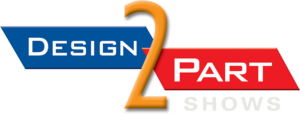Don’t Fall Victim to Opportunity Blindness
Fabricating tooling fixtures by machining metal parts and fastening or welding them together
undoubtedly works. And for many manufacturers, the familiarity and predictability of this process
prompts no need for change. However, if that’s your position, it could ultimately cost you lost time
and added expense because better, more efficient methods are available.
The truth is the manufacturing industry doesn’t remain static, and those who stay with the
status quo risk becoming stagnant and falling behind the competition. New technologies supplant
older, less efficient ones, improving production methods and streamlining supply chains. 3D printing
offers a more time and cost-efficient means of making tooling fixtures than machining them.
Imagine being able to improve metal fabrication, metal manufacturing, and prototype machining
with better tooling created from a 3D printer. Since change starts with awareness, this article will
show you the facts behind the promise and how manufacturers benefit by switching to 3D printed
tooling.
Drawbacks of Making Fixtures with Conventional Fabrication Methods
- Dwindling Skilled Resources: In a recent survey, 77% of manufacturers believe that attracting and
keeping workers will be a continuing problem. Individuals skilled in disciplines like CNC machining are
becoming scarcer while the demand for their services only increases.
- Slow/Long Lead Time: If you rely on conventional fabrication methods, you’re at the mercy of your
internal machine shop or an outside vendor. There’s typically a backlog in both cases, and your order
may take a week or more. How do scenarios like this impact your operation’s productivity?
- Higher Costs: The cost of machining, welding, and assembling tooling fixtures is typically higher than
3D printing. The reasons are related to greater material use, higher labor requirements, longer lead time,
and manufacturing volume.
- Design and Manufacturability Constraints: There are physical limitations on the complexity of
the parts that can be made by machining. That limits your ability to create a fixture optimized for the task
or the operator using it. Designing a fixture free from manufacturability constraints might allow you to
make it lighter, fit better, work more efficiently, consume less material, and all of the above.
- Heavy and Non-Ergonomic: Due to the manufacturing limitations noted above, fixtures made from
machined metal are usually bulky and heavy. This also limits the capability for ergonomic design. When
workers repeatedly move heavy tools, they run the risk of overuse injuries or strain induced by heavy
loads.
- Minimum-Viable Utilization: Because of the challenges associated with traditionally fabricated
tools and fixtures, their penetration on the shop floor is usually limited to critical or must-have
applications. The result is another status-quo situation that overlooks the potential benefits more tools
might achieve, leaving opportunity gaps where efficiency and productivity could be improved
Why 3D Printing is the Answer
- Minimal Labor and Skill Requirements: The effort to learn and operate an FDM extrusion 3D
printer is minimal compared to the skill requirements for machinists and CNC operators. Additionally, the
printer’s operation doesn’t need oversight during the print operation. The only labor entails loading a
build sheet or build tray before printing starts and removing the part when it’s done. Post-processing is
typically limited to removing support material from the part. And if water-soluble support material is
used, the process is hands-free.
- Faster Turn Time: FDM technology can produce 3D printed fixtures in hours instead of days, weeks, or
longer with conventional machining. If you use in-house printing, the only lead time is waiting for the
printer to finish the job. This means faster lean manufacturing tools, faster custom fixtures, and faster
custom prototypes.
- Lower Cost: Since tooling fixtures are usually a low-volume production item, their unit cost is driven by
the infrastructure needed to make them. Low-volume production is cheaper with 3D printing because
there is no ancillary tooling beyond the printer needed to produce the parts. If a fixture can be built
overnight and deployed the next day, that quick turn can have a significant favorable influence by
minimizing any production impact.
- Design Freedom: 3D printing isn’t limited by the physical and geometric constraints of machining.
Organic and complex shapes are easily produced on a 3D printer due to the additive, layer-by-layer
nature of the process. This means you can optimize fixture design to best fit the task, the operator, or
both.
- Increased Task Efficiency: 3D printed polymer fixtures can increase task efficiency for several
reasons. They’re lighter than metal, which makes them easier to handle and maneuver. They can also be
made as a single piece, avoiding assembly or reducing setup time. Although the time difference per
individual task may be small, the total time saved on repetitive tasks adds up.
- Improved Health and Safety: Ergonomic fixtures – lighter and designed to accommodate a human
operator – can lessen the frequency of MSDs (musculoskeletal disorders). According to the U.S. Bureau
of Labor Statistics, MSDs are the largest category of workplace injuries and account for a third of worker
compensation costs.2 And polymer 3D printed fixtures check both boxes on ergonomic capability due to
design freedom and lighter weight.
- Improved Fixture Availability: If you can make tooling fixtures faster and cheaper with 3D printing
compared to machining, you have an opportunity to increase their proliferation on the manufacturing
floor. That increases workforce productivity, reduces downtime, and improves overall production
efficiency.
3D Printed Fixture Success Stories
Ford Motor Company – Assembly Fixture
The desire for a lighter, more ergonomic window glass installation fixture prompted Ford
engineers to pursue a 3D printed solution. To achieve precise and repeatable assembly, engineers
chose FDM Nylon 12CF carbon fiber material to make the tool lighter yet strong and rigid. 3D printing
also allowed the fixture to be internally reinforced with a higher density of material where strength
was needed and lower density in non-critical areas, something that’s not possible with a machined
tool. The result was a new fixture that was 15% lighter and 70% cheaper than its metal predecessor,
and easier to use.
Moog Aircraft Group – CMM Fixture
Moog Aircraft Group designs flight control systems for virtually every commercial and military
aircraft flying today. To improve its internal CMM inspection capabilities, the company turned to
FDM 3D printing. It had previously used tool-steel fixtures manufactured by a third party, which
represented a significant expense and resulted in weeks of lead time. Moog now 3D prints a
dedicated CMM fixture for every machined component, reaping the benefits of faster production
and lower cost. In some cases, the cost reduction has been over 80% compared to traditional fixture
production.
Time to Take Action!
The information in this article is intended to show the benefits of 3D printed tooling fixtures
compared to machined metal fixtures. But all those words can only do so much; the rest is up to you.
Use the knowledge gained from this article and take the next step to implement 3D printing in your
operation. Contact the R&D Technologies team to learn more, whether it’s to talk about specific
applications or find answers to any other 3D printing questions you may have!
